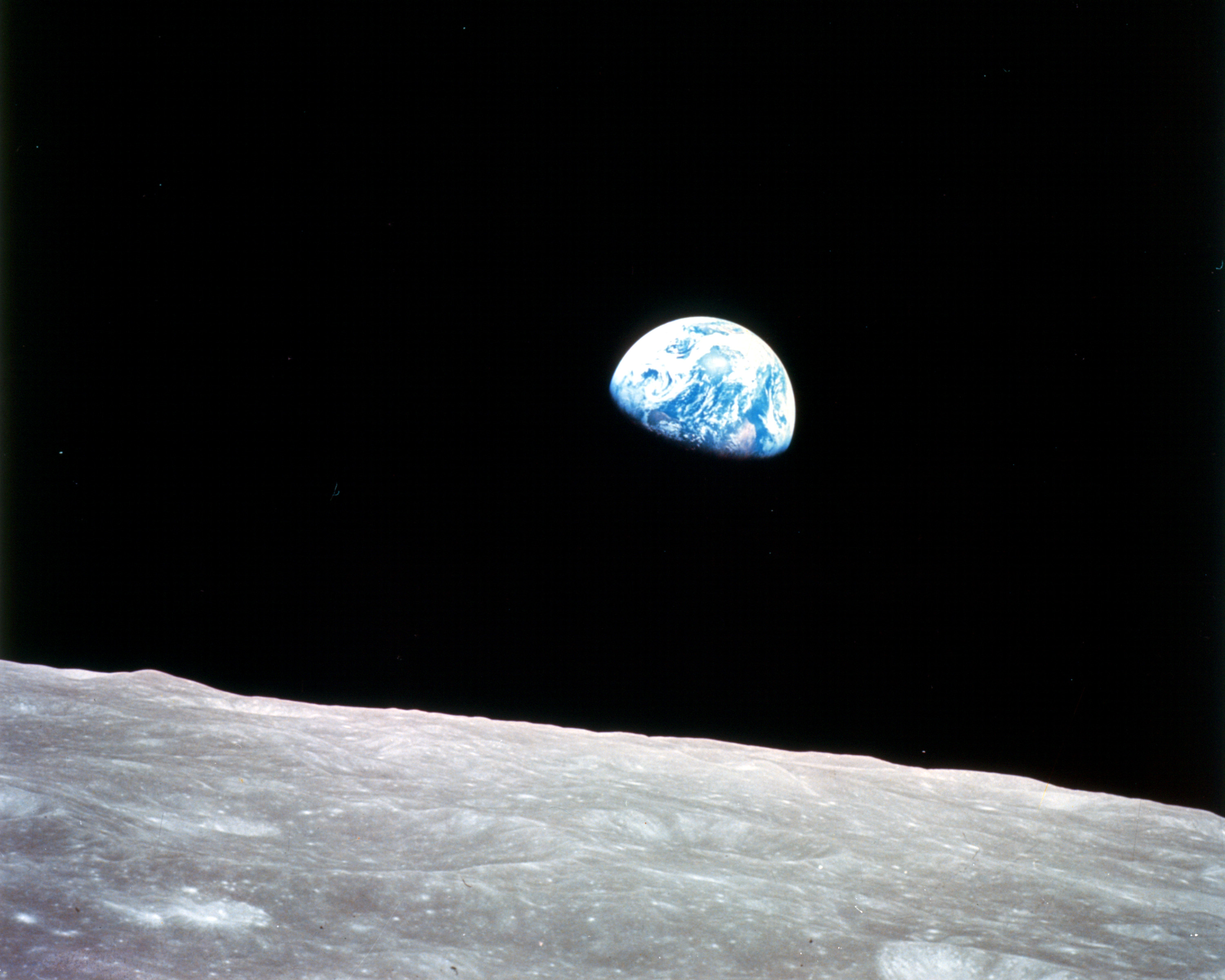Local Group (Astronomy)
Enlarge text Shrink text- Work cat.: 99-31357: Van den Bergh, S. The galaxies of the Local Group, 2000:CIP quarter t.p. (the Local Group is a small cluster of galaxies, of which 35 members are currently known, including the Milky Way; Local Group of galaxies)
- McGraw-Hill dict. sci. tech.(Local Group)
- Dict. astron.(Local Group: a group of galaxies ca. 3 million l.y. in diameter which contains our galaxy)
The Local Group is the galaxy group that includes the Milky Way, where Earth is located. It has a total diameter of roughly 3 megaparsecs (10 million light-years; 9×1019 kilometres), and a total mass of the order of 2×1012 solar masses (4×1042 kg). It consists of two collections of galaxies in a "dumbbell" shape; the Milky Way and its satellites form one lobe, and the Andromeda Galaxy and its satellites constitute the other. The two collections are separated by about 800 kiloparsecs (3×10^6 ly; 2×1019 km) and are moving toward one another with a velocity of 123 km/s. The group itself is a part of the larger Virgo Supercluster, which may be a part of the Laniakea Supercluster. The exact number of galaxies in the Local Group is unknown as some are occluded by the Milky Way; however, at least 80 members are known, most of which are dwarf galaxies. The two largest members, the Andromeda and the Milky Way galaxies, are both spiral galaxies with masses of about 1012 solar masses each. Each has its own system of satellite galaxies: The Andromeda Galaxy's satellite system consists of Messier 32 (M32), Messier 110 (M110), NGC 147, NGC 185, Andromeda I (And I), And II, And III, And V, And VI (also known as the Pegasus Dwarf Spheroidal Galaxy, or Pegasus dSph), And VII (a.k.a. the Cassiopeia Dwarf Galaxy), And VIII, And IX, And X, And XI, And XIX, And XXI and And XXII, plus several additional ultra-faint dwarf spheroidal galaxies. The Milky Way's satellite galaxies system comprises the Sagittarius Dwarf Galaxy, Large Magellanic Cloud, Small Magellanic Cloud, Canis Major Dwarf Galaxy (disputed, considered by some not a galaxy), Ursa Minor Dwarf Galaxy, Draco Dwarf Galaxy, Carina Dwarf Galaxy, Sextans Dwarf Galaxy, Sculptor Dwarf Galaxy, Fornax Dwarf Galaxy, Leo I (a dwarf galaxy), Leo II (a dwarf galaxy), Ursa Major I Dwarf Galaxy and Ursa Major II Dwarf Galaxy, plus several additional ultra-faint dwarf spheroidal galaxies. The Triangulum Galaxy (M33) is the third-largest member of the Local Group, with a mass of approximately 5×1010 M☉ (1×1041 kg), and is the third spiral galaxy. It is unclear whether the Triangulum Galaxy is a companion of the Andromeda Galaxy; the two galaxies are 750,000 light years apart, and experienced a close passage 2–4 billion years ago which triggered star formation across Andromeda's disk. The Pisces Dwarf Galaxy is equidistant from the Andromeda Galaxy and the Triangulum Galaxy, so it may be a satellite of either. The other members of the group are likely gravitationally secluded from these large subgroups: IC 10, IC 1613, Phoenix Dwarf Galaxy, Leo A, Tucana Dwarf Galaxy, Cetus Dwarf Galaxy, Pegasus Dwarf Irregular Galaxy, Wolf–Lundmark–Melotte, Aquarius Dwarf Galaxy, and Sagittarius Dwarf Irregular Galaxy. The membership of NGC 3109, with its companions Sextans A and the Antlia Dwarf Galaxy as well as Sextans B, Leo P, Antlia B and possibly Leo A, is uncertain due to extreme distances from the center of the Local Group. The Antlia-Sextans Group is unlikely to be gravitationally bound to the Local Group due to probably lying outside the Local Group's Zero-velocity surface—which would make it a true galaxy group of its own rather than a subgroup within the Local Group. This possible independence may, however, disappear as the Milky Way continues coalescing with Andromeda due to the increased mass, and density thereof, plausibly widening the radius of the zero-velocity surface of the Local Group.
Read more on Wikipedia >
 Place
Place










